10 famous photos that were manipulated
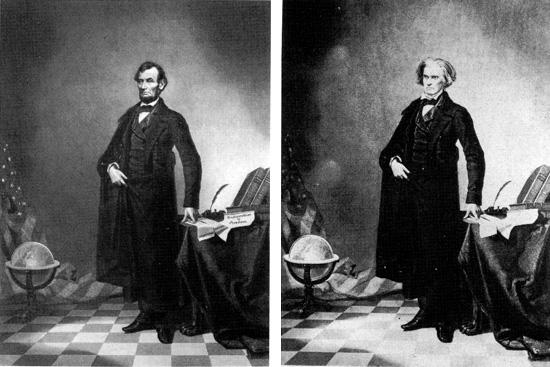
Image manipulation may feel like a modern invention, but the practice has existed for as long as photography itself.
In the 20th century it became a pastime of dictators, with many totalitarian regimes employing the technique to edit opponents out of history.
But manipulation still exists today in various forms, from internet hoaxes to airbrushed, slimmed down celebrities on magazine covers.
Here we look at some of the most notorious examples of all time – and the stories behind them.
1. Abraham Lincoln given a new body
A good place to start is with what could be the world’s first ‘Photoshop’ job – an iconic image of a statesmanlike Abraham Lincoln (above main), which turned out, in fact, to be two separate photographs. In the image above, which dates back to around 1860, is the head of the US President but the body of a southern politician called John Calhoun. It is believed there wasn’t a sufficiently powerful image of Lincoln available – so this was put together.
2. Stalin purges Yezhov
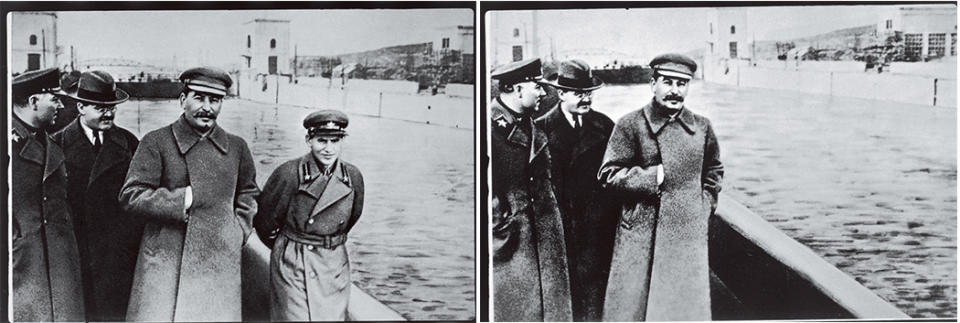
Stalin with – and without – Nikolai Yezhov (WikiCommons/FourAndSix)
“Stalin, Mao, Hitler, Mussolini, Castro, Brezhnev, and many others had photographs manipulated in an attempt to rewrite history,” says Dr Hany Farid of image forensics company FourAndSix. Joseph Stalin, in particular, was fond of the technique, erasing the victims of his political purges from Soviet Russian history. The above image is particularly notorious because Nikolai Yezhov – who was edited out, right – lead the brutal purges in which many of Stalin’s former allies were executed or imprisoned, before following a similar fate himself.
3. Time alters OJ Simpson’s mugshot
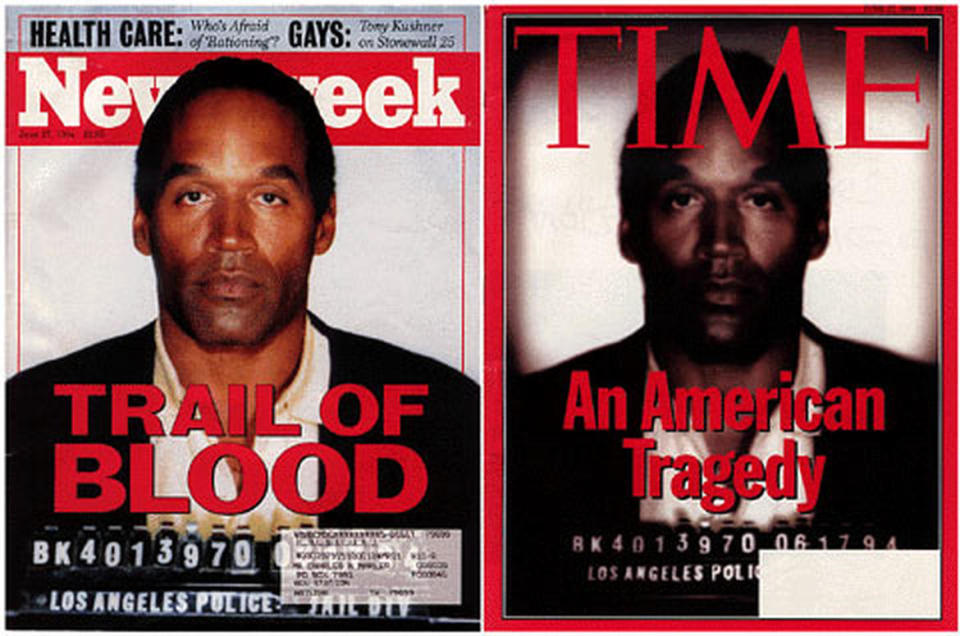
This is one of the most infamous examples of modern image manipulation, in which Time magazine was forced apologise after apparently darkening a mugshot of OJ Simpson (right), who had been accused of murder at the time. Time managing editor James Gaines had said the image “had been subtly smoothed and shaped into an icon of tragedy.” But critics accused Time of racism. Newsweek ran the unaltered image the same week, making the contrast even more pronounced.
4. Reutersgate
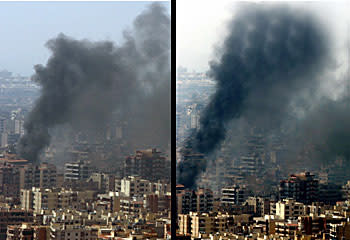
Adnan Hajj’s altered image, right (Reuters)
This Reuters image from the 2006 Israel–Lebanon conflict, you could argue, is only slightly manipulated – but any doctoring of this type of photojournalism is strictly prohibited by news agencies, and for good reason. Images of war must tell the truth. When it was revealed that smoke had been added to the image (right), the photographer who doctored it, Adnan Hajj, was fired, as was a photoeditor at Reuters, following an internal investigation.
5. Tourist guy
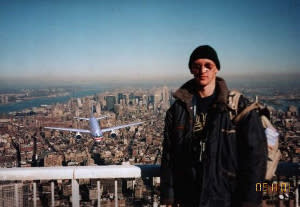
“Today, powerful and low-cost digital technology has made it far easier for nearly anyone to alter digital images. And the resulting fakes are often very difficult to detect,” says Dr Farid. Indeed, this ‘Tourist Guy’ image, showing a man standing on the roof of the World Trade Center, apparently on 9/11 as a plane approaches, is one of the most famous internet hoaxes. The image went viral with the man, Hungarian Péter Guzli, later admitting he altered the image for joke – not expecting it be be shared.
6. General Ulysses S Grant joins his troops
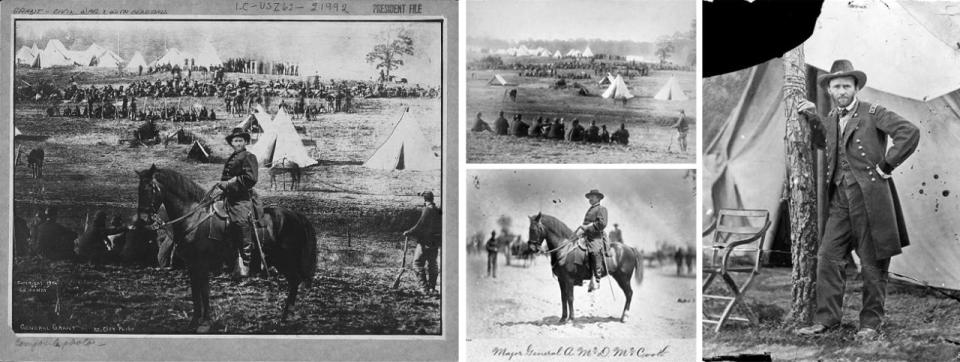
General Ulysses S Grant (FourAndSix/Library of Congress)
Another very early example of photographic manipulation, the image (left) from 1864, shows Ulysses S Grant in front of his troops at City Point, Virginia, during the American Civil War. But all is not as it seems – the image, which is very convincingly done given the time, is actually made up of three different photographs and put together.
7. University of Wisconsin alter brochure

In 2000, the University of Wisconsin added the face of a black student, Diallo Shabazz, to its brochure in a bid to make its student population appear more diverse. It backfired spectacularly when Shabazz saw the image – which was from a football game he had never attended – and realised he’d been added in. The two images eventually went viral – far later than the originally brochure was published, in 2013 – provoking debate about the lack of diversity at universities.
8. Macca quits smoking
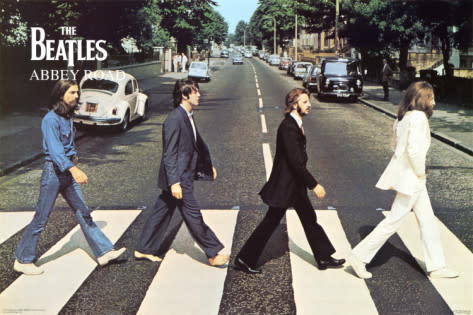
The cigarette-less Paul McCartney (Apple Records)
It’s one of the most iconic album covers of all time: John, Ringo, Paul and George walking over a zebra crossing in St John’s Wood, London, on The Beatles’ ‘Abbey Road’. Even still, it took an eagle-eyed observer to realise that a poster company in America had altered the image slightly – by removing a cigarette from Paul McCartney’s hand, years later in 2003. Apple – the Beatles’ label – said they had “never agreed to anything like this,” adding it “seems these poster companies got a little carried away.”
9. National Geographic moves the pyramids

The National Geographic cover (FourAndSix/National Geographic/WikiCommons)
In 1982, National Geographic opted to move the Egyptian pyramids so they could fit on its cover neatly. A row followed about photojournalism ethics, and according to Fourandsix, resulted in the magazine taking a stricter stance on manipulation. Tom Kennedy, former director of photography at the publication, said: “We no longer use that technology to manipulate elements in a photo simply to achieve a more compelling graphic effect. We regarded that afterwards as a mistake, and we wouldn’t repeat that mistake today”.
10. Ralph Lauren ‘slims’ Filippa Hamilton
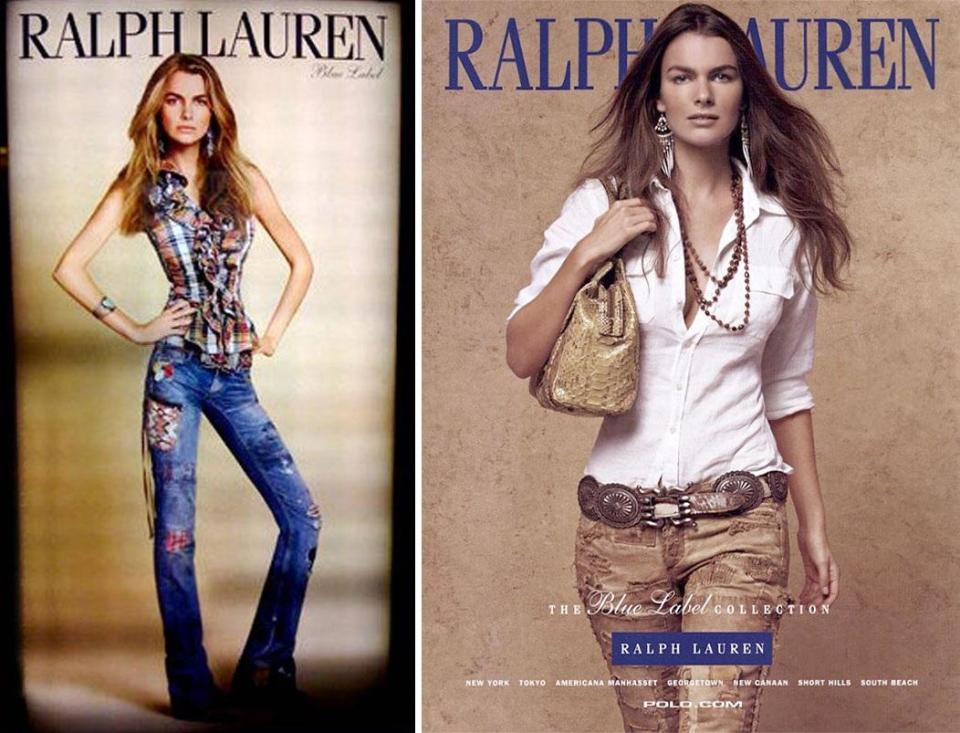
Filippa Hamilton, left, has been slimmed down (Ralph Lauren)
There are any number of magazine covers and images in fashion that feature manipulation. However, this Ralph Lauren advert (left) with the model Filippa Hamilton may well be the most extreme and notorious. The size eight model’s body was altered to the extent that her head appeared wider than her waist. The brand was, understandably, heavily criticised for promoting unhealthy body image and later apologised. “After further investigation, we have learned that we are responsible for the poor imaging and retouching that resulted in a very distorted image of a woman’s body. We have addressed the problem and going forward will take every precaution to ensure that the calibre of our artwork represents our brand appropriately,” said a spokesperson.
(Credit: FourAndSix/WikiCommons)


